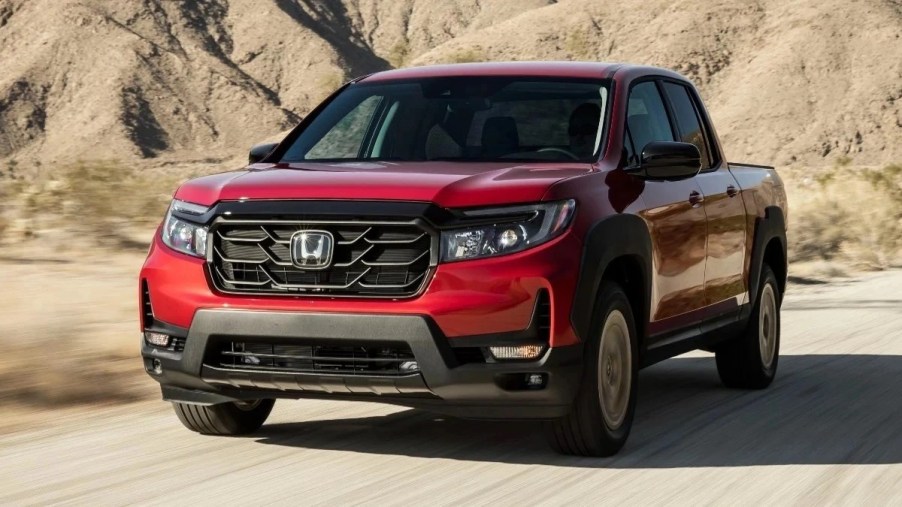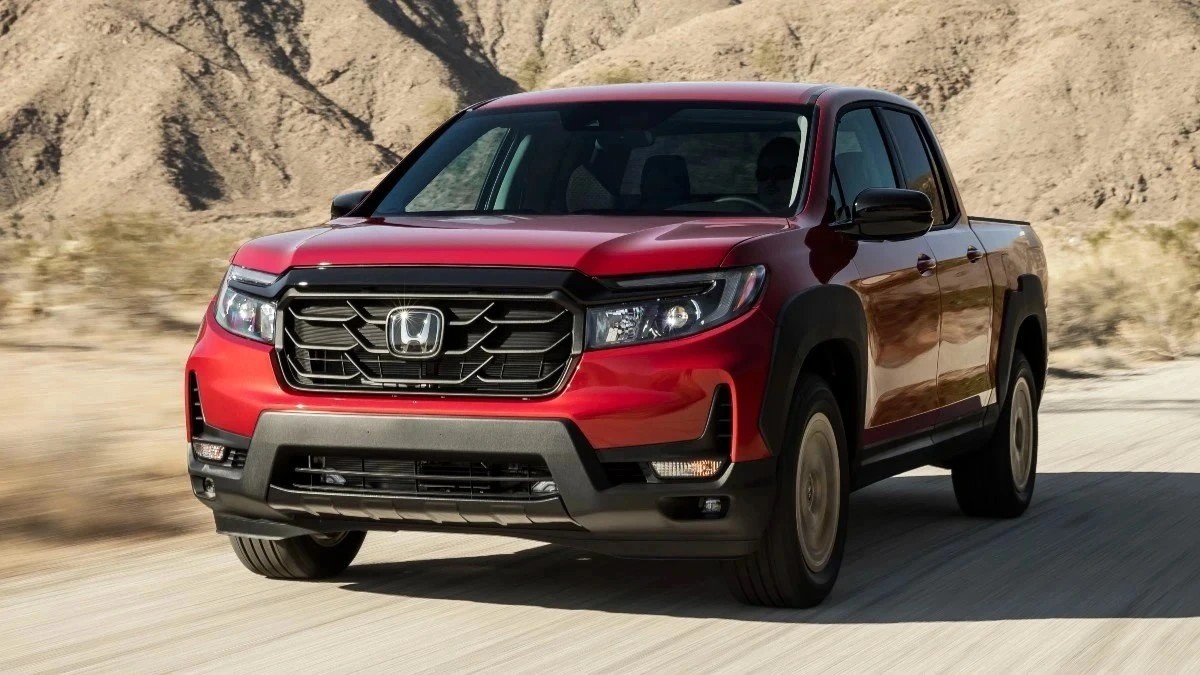
What Are the Drawbacks of All-Wheel Drive (AWD)
Most cars and SUVs today are front-wheel drive, or FWD. All-wheel drive, or AWD, is a feature that allows a vehicle to distribute power evenly to all four wheels. This gives the driver more stability while driving on wet or slippery roads. It also helps the car get better traction when accelerating from a stop. While AWD has its advantages, it’s also important to be aware of its drawbacks.

What are the advantages of AWD?
The most significant advantage of AWD is that power can be directed to all four wheels, so you’ll get better traction in difficult driving conditions. If you enjoy off-roading, an AWD vehicle might be a good option for you since it will give you better performance over rough terrain. All-wheel drive vehicles are capable of moving faster in places where it’s slippery.
What are the drawbacks of AWD?
Unfortunately, with great power comes great responsibility—and cost! There are some disadvantages of having AWD, and here are some of the common problems, courtesy of our friends at Motor and Wheels:
False sense of security
According to Motor and Wheels, “There is no impact on the vehicle’s braking system when the road is slippery, and the braking and handling of the car are the same as those of a two-wheel drive vehicle.” The good news is most cars are equipped with features like ABS and traction control to help with this.
Higher maintenance expenses
AWD is a complex system that may require routine service, especially as the system gets older. You’ll also have to pay more upfront to get a vehicle with AWD.
Worse fuel economy
Two-wheel drive cars typically have better gas mileage than all-wheel drive vehicles. So, if you don’t find yourself going off-roading often, you might be better off choosing a car equipped with two-wheel drive.
More complicated repairs
As we said, if you don’t need an AWD vehicle, you might want to skip it. These types of vehicles require two extra differentials and axles, which makes them heavier and more challenging to work with.
Insurance premium costs
Since you usually find AWD in larger vehicles, like trucks and SUVs, insurance companies tend to charge higher premiums for them. This isn’t always the case, though, so make sure to get a quote from your insurance provider.
The front tires will probably wear faster
A big issue with AWD vehicles is the front tires wear faster than rear tires. The reason why? Your front tires are responsible for handling the braking and steering system.
Is all-wheel drive worth the investment?
The answer depends on your individual needs and budget, so yes and no. As we’ve previously stated regarding AWD, “For a practical, fuel, and cost-efficient ride, front-wheel-drive is probably the option that makes the most sense. If you are simply interested in thrills and going sideways, the RWD might be the one for you.”
Ultimately, choosing your own type of adventure is up to you. Make sure that your decision fits within your ideal budget and reflects your driving goals.



